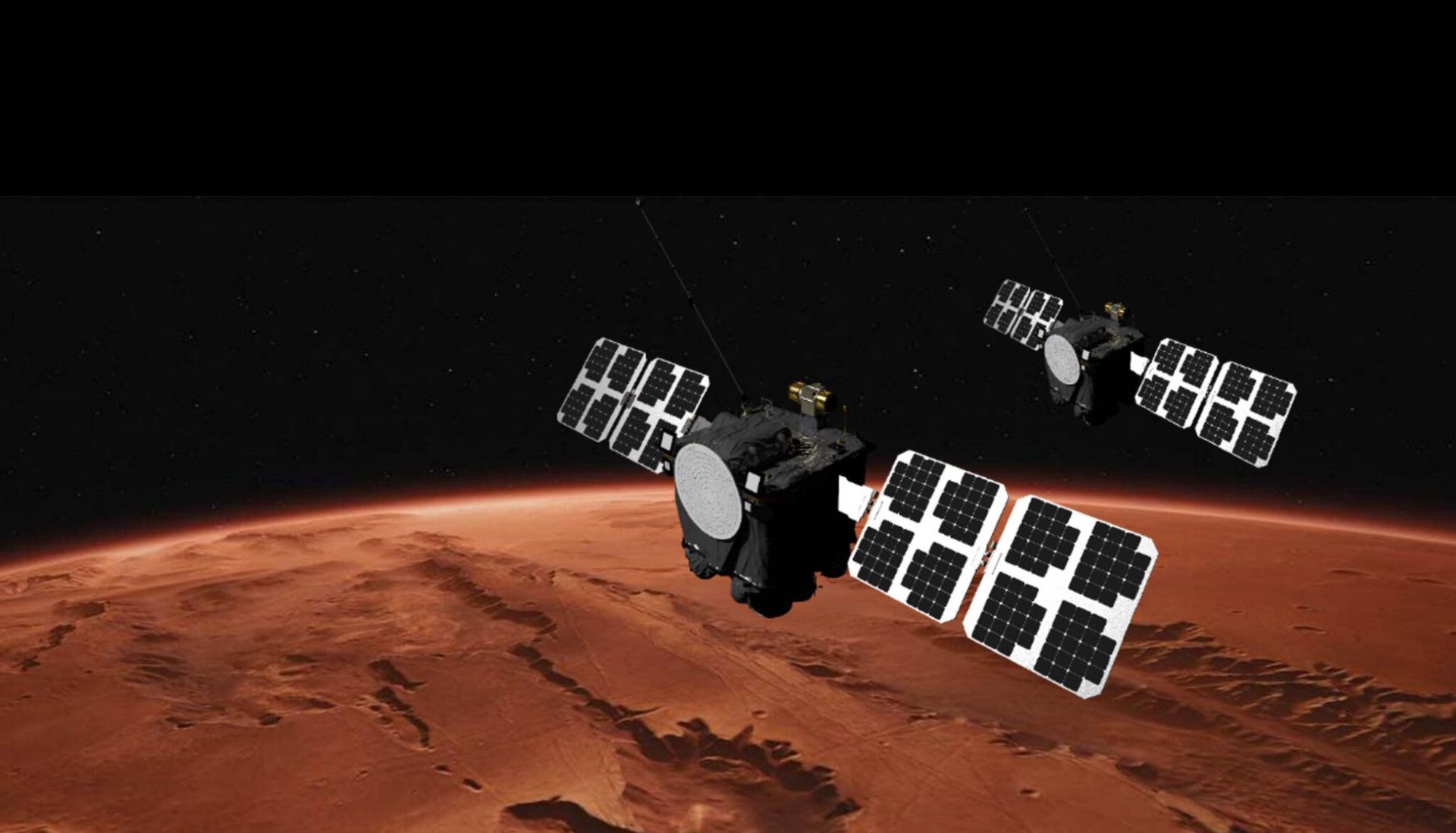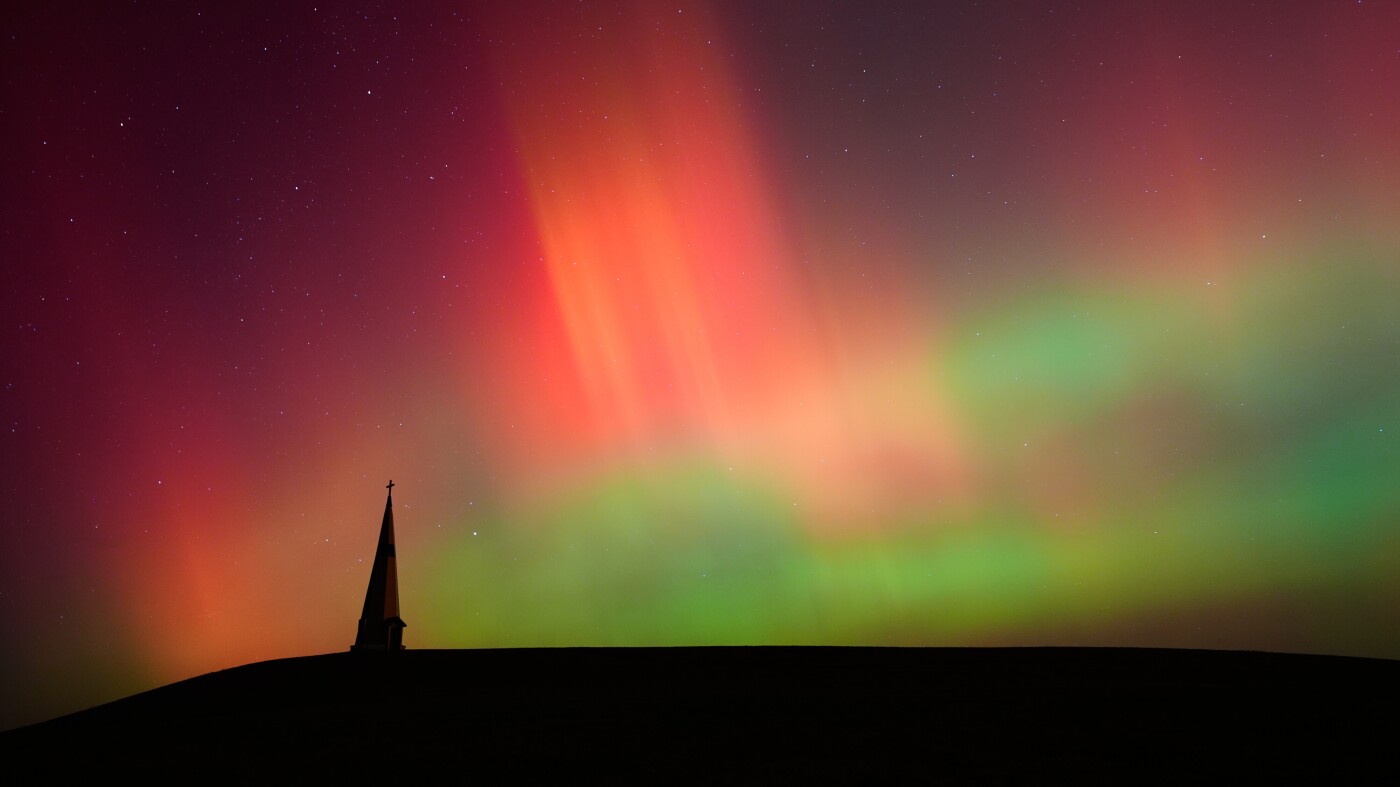In a recent study published in Communications Earth & Environment, researchers have uncovered an astonishing revelation about the Moon’s surface, challenging previous beliefs about its exosphere. While it was once thought that solar wind and meteoroid impacts were primarily responsible for the creation of the Moon’s thin exosphere, new findings suggest that the Moon’s surface features—such as its roughness and porosity—serve as a hidden shield against solar wind erosion. This important discovery stems from direct measurements of lunar soil samples brought back by the Apollo 16 mission and could reshape our understanding of planetary atmospheres across the solar system.
The Unexpected Protective Power of Lunar Surface Features
For decades, the Moon’s exosphere—essentially a very thin, rarefied atmosphere—has intrigued scientists. It was believed that solar wind particles and the impact of tiny meteoroids played a significant role in the creation and maintenance of this wispy gas layer. However, recent research conducted by scientists at TU Wien and the University of Bern has introduced a new perspective, showing that the Moon’s surface structure offers far more protection than previously realized.
Lunar regolith, the layer of soil and dust covering the Moon’s surface, is not smooth or compact as previously imagined. In fact, it is quite rough and porous at microscopic levels. When solar wind particles, such as hydrogen and helium ions, hit the Moon’s surface, they don’t merely erode it as previous models suggested. Instead, many ions become trapped in small pockets or strike the surface at angles that significantly reduce their erosive power. These interactions ultimately lower the rate of solar wind sputtering, which refers to the ejection of atoms and molecules from the lunar surface.
By conducting experiments on actual Apollo 16 lunar samples and simulating solar wind conditions, the research team found that the sputter yields were up to ten times smaller than previously estimated. This reduction in solar wind erosion has profound implications for our understanding of the Moon’s exosphere and how it is formed.
New Discoveries Transform the Understanding of the Moon’s Exosphere
Previously, scientists relied on Earth-based simulations to estimate how solar wind would interact with the Moon’s surface. These models used mineral substitutes to simulate lunar dust. However, as noted by the research team, these methods often underestimated the role of the Moon’s unique surface characteristics. The study, published in Communications Earth & Environment, demonstrated that the porous and irregular nature of the lunar surface significantly mitigates the effects of solar wind.
One of the key findings of the study was that the roughness and porosity of lunar regolith reduce the sputter yield, which refers to the amount of material ejected from the surface due to the impact of solar wind ions. This discovery highlights how surface morphology plays a crucial role in determining how much material is lost from the Moon’s surface. Interestingly, the study revealed that the protective effects of the Moon’s surface features are consistent across most of the lunar surface, regardless of latitude or the solar zenith angle.
This groundbreaking revelation helps explain the discrepancies between theoretical models of the Moon’s atmosphere and actual observational data from space missions. It turns out that the Moon’s natural “fluffiness” and rugged surface structure are key to protecting it from the erosive effects of solar wind. These findings also suggest that the primary source of the Moon’s exosphere is more likely to be the constant bombardment of micrometeoroids rather than the solar wind, a shift in understanding that has profound implications for planetary science.
The Impact of Solar Wind on Airless Planetary Surfaces
Understanding how solar wind interacts with the surfaces of airless celestial bodies is not only important for lunar science but also for future space exploration. As NASA’s Artemis program prepares for a sustained human presence on the Moon, this new understanding of the Moon’s surface could influence long-term planning for lunar habitation. The protective role played by the Moon’s surface features may help shield future explorers from the harmful effects of solar radiation, a key consideration for establishing permanent settlements on the Moon.
Additionally, this research could inform the study of other airless planets and moons, such as Mercury, which lacks a substantial atmosphere. The European Space Agency’s BepiColombo mission to Mercury will also benefit from this newfound insight into how solar wind interacts with planetary surfaces, helping scientists refine their models for the planet’s exosphere.
The study’s findings provide a clearer understanding of the dynamics between solar wind and airless planetary surfaces, which will prove crucial for upcoming missions. By understanding the erosion processes at play, scientists can better predict how such bodies will evolve over time and how they will interact with solar wind and other environmental factors.
Source link


